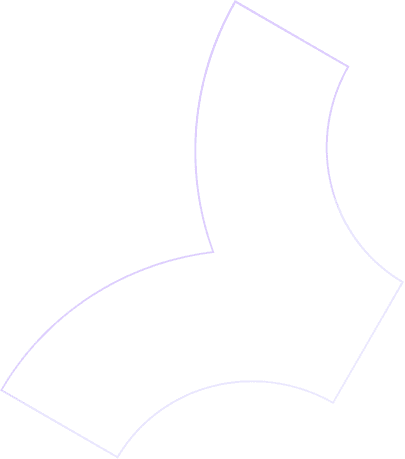How To Optimize Your Website For SEO: Danny Leibrandt

Author:

If you're a pest control company trying to rank higher on Google, your website is one of your most important assets. In this guide, I’ll break down the key ways to optimize your site for SEO so you can show up where it matters — when people search for services in your area.
Understanding the Three Pillars of SEO
Before diving into on-page SEO, it's important to understand that SEO has three core pillars:
On-Page SEO: Optimizing the content and structure on each individual page — headings, text, images, and more.
Technical SEO: Site-wide improvements like page speed, mobile-friendliness, and site structure.
Off-Page SEO: What happens outside your site, like backlinks and online reviews.
This article focuses specifically on on-page SEO, which is where you have the most control right away.
The Four On-Page Elements That Matter Most
If you want a specific page to rank for something like "Pest Control Chicago," you need to have that keyword in four main places:
URL – For example:
yourcompany.com/pest-control-chicagoH1 (Main Heading) – This should clearly state the main keyword.
Text on the Page – Use the keyword naturally in your paragraphs.
Title Tag – This is the clickable headline in search results.
Getting those four elements right gives your page a strong chance to rank.
Internal Linking: Your Secret Weapon
Internal linking means linking one page on your site to another. This creates relationships between pages and helps Google understand how your content fits together.
Let’s say you have a page for Pest Control in Chicago. You should link it to nearby locations like Northbrook or Glenview. That shows Google those pages are related.
Even better — tools like Google’s Gemini can scan your site and suggest smart internal linking opportunities. That’s a strategy I learned from Dennis Yu, and it works.
Optimizing Images and Videos the Right Way
Photos and videos aren’t just for looks — they can show real-life experience, which is a big part of Google’s EEAT framework (Experience, Expertise, Authoritativeness, Trustworthiness).
Here’s what to keep in mind:
Use real photos, not stock or AI-generated images.
Alt text matters – Just describe the image honestly, and include a keyword when relevant. For example: "Steve doing termite control in Chicago."
Don’t over-optimize. Just be accurate and natural.
Video can also help, but it’s not required. Photos alone make a big difference.
Tools to Help With On-Page SEO
If you want to measure and improve your on-page SEO, here are the tools I recommend:
SEMrush – A solid all-in-one tool for SEO tracking and on-page audits.
Page Optimizer Pro (POP) – For those who want to get really detailed.
Meta SEO Inspector (Chrome Extension) – A free tool to view a page’s title, meta description, and heading structure. Super useful to spot issues.
With Meta SEO Inspector, for example, you can immediately see if your headings make sense or if Google has any clue what your page is about. And I’ve seen plenty of pest control sites where the headings are a complete mess.
Final Thoughts
If your headings don’t clearly explain the topic, your title tags don’t match the content, or your images are generic, Google won’t know what your page is about — and neither will potential customers.
Spend a few hours auditing and optimizing your most important pages, especially your service and location pages. Once that foundation is set, everything else gets easier.
More on SEO For Pest Control

Danny Leibrandt
Co-Founder
Danny Leibrandt is the founder of Pest Control SEO and host of the Local Marketing Secrets podcast. He's helped many pest control companies with SEO, ranging from $10k to $100M+ in annual revenue. He's a recognized speaker in the digital marketing space and is now a published author with his new book, "The Complete Guide To Pest Control SEO."
How To Optimize Your Website For SEO: Danny Leibrandt

Author:

If you're a pest control company trying to rank higher on Google, your website is one of your most important assets. In this guide, I’ll break down the key ways to optimize your site for SEO so you can show up where it matters — when people search for services in your area.
Understanding the Three Pillars of SEO
Before diving into on-page SEO, it's important to understand that SEO has three core pillars:
On-Page SEO: Optimizing the content and structure on each individual page — headings, text, images, and more.
Technical SEO: Site-wide improvements like page speed, mobile-friendliness, and site structure.
Off-Page SEO: What happens outside your site, like backlinks and online reviews.
This article focuses specifically on on-page SEO, which is where you have the most control right away.
The Four On-Page Elements That Matter Most
If you want a specific page to rank for something like "Pest Control Chicago," you need to have that keyword in four main places:
URL – For example:
yourcompany.com/pest-control-chicagoH1 (Main Heading) – This should clearly state the main keyword.
Text on the Page – Use the keyword naturally in your paragraphs.
Title Tag – This is the clickable headline in search results.
Getting those four elements right gives your page a strong chance to rank.
Internal Linking: Your Secret Weapon
Internal linking means linking one page on your site to another. This creates relationships between pages and helps Google understand how your content fits together.
Let’s say you have a page for Pest Control in Chicago. You should link it to nearby locations like Northbrook or Glenview. That shows Google those pages are related.
Even better — tools like Google’s Gemini can scan your site and suggest smart internal linking opportunities. That’s a strategy I learned from Dennis Yu, and it works.
Optimizing Images and Videos the Right Way
Photos and videos aren’t just for looks — they can show real-life experience, which is a big part of Google’s EEAT framework (Experience, Expertise, Authoritativeness, Trustworthiness).
Here’s what to keep in mind:
Use real photos, not stock or AI-generated images.
Alt text matters – Just describe the image honestly, and include a keyword when relevant. For example: "Steve doing termite control in Chicago."
Don’t over-optimize. Just be accurate and natural.
Video can also help, but it’s not required. Photos alone make a big difference.
Tools to Help With On-Page SEO
If you want to measure and improve your on-page SEO, here are the tools I recommend:
SEMrush – A solid all-in-one tool for SEO tracking and on-page audits.
Page Optimizer Pro (POP) – For those who want to get really detailed.
Meta SEO Inspector (Chrome Extension) – A free tool to view a page’s title, meta description, and heading structure. Super useful to spot issues.
With Meta SEO Inspector, for example, you can immediately see if your headings make sense or if Google has any clue what your page is about. And I’ve seen plenty of pest control sites where the headings are a complete mess.
Final Thoughts
If your headings don’t clearly explain the topic, your title tags don’t match the content, or your images are generic, Google won’t know what your page is about — and neither will potential customers.
Spend a few hours auditing and optimizing your most important pages, especially your service and location pages. Once that foundation is set, everything else gets easier.
More on SEO For Pest Control

Danny Leibrandt
Co-Founder
Danny Leibrandt is the founder of Pest Control SEO and host of the Local Marketing Secrets podcast. He's helped many pest control companies with SEO, ranging from $10k to $100M+ in annual revenue. He's a recognized speaker in the digital marketing space and is now a published author with his new book, "The Complete Guide To Pest Control SEO."
How To Optimize Your Website For SEO: Danny Leibrandt

Author:




If you're a pest control company trying to rank higher on Google, your website is one of your most important assets. In this guide, I’ll break down the key ways to optimize your site for SEO so you can show up where it matters — when people search for services in your area.
Understanding the Three Pillars of SEO
Before diving into on-page SEO, it's important to understand that SEO has three core pillars:
On-Page SEO: Optimizing the content and structure on each individual page — headings, text, images, and more.
Technical SEO: Site-wide improvements like page speed, mobile-friendliness, and site structure.
Off-Page SEO: What happens outside your site, like backlinks and online reviews.
This article focuses specifically on on-page SEO, which is where you have the most control right away.
The Four On-Page Elements That Matter Most
If you want a specific page to rank for something like "Pest Control Chicago," you need to have that keyword in four main places:
URL – For example:
yourcompany.com/pest-control-chicagoH1 (Main Heading) – This should clearly state the main keyword.
Text on the Page – Use the keyword naturally in your paragraphs.
Title Tag – This is the clickable headline in search results.
Getting those four elements right gives your page a strong chance to rank.
Internal Linking: Your Secret Weapon
Internal linking means linking one page on your site to another. This creates relationships between pages and helps Google understand how your content fits together.
Let’s say you have a page for Pest Control in Chicago. You should link it to nearby locations like Northbrook or Glenview. That shows Google those pages are related.
Even better — tools like Google’s Gemini can scan your site and suggest smart internal linking opportunities. That’s a strategy I learned from Dennis Yu, and it works.
Optimizing Images and Videos the Right Way
Photos and videos aren’t just for looks — they can show real-life experience, which is a big part of Google’s EEAT framework (Experience, Expertise, Authoritativeness, Trustworthiness).
Here’s what to keep in mind:
Use real photos, not stock or AI-generated images.
Alt text matters – Just describe the image honestly, and include a keyword when relevant. For example: "Steve doing termite control in Chicago."
Don’t over-optimize. Just be accurate and natural.
Video can also help, but it’s not required. Photos alone make a big difference.
Tools to Help With On-Page SEO
If you want to measure and improve your on-page SEO, here are the tools I recommend:
SEMrush – A solid all-in-one tool for SEO tracking and on-page audits.
Page Optimizer Pro (POP) – For those who want to get really detailed.
Meta SEO Inspector (Chrome Extension) – A free tool to view a page’s title, meta description, and heading structure. Super useful to spot issues.
With Meta SEO Inspector, for example, you can immediately see if your headings make sense or if Google has any clue what your page is about. And I’ve seen plenty of pest control sites where the headings are a complete mess.
Final Thoughts
If your headings don’t clearly explain the topic, your title tags don’t match the content, or your images are generic, Google won’t know what your page is about — and neither will potential customers.
Spend a few hours auditing and optimizing your most important pages, especially your service and location pages. Once that foundation is set, everything else gets easier.
More on SEO For Pest Control

Danny Leibrandt
Co-Founder
Danny Leibrandt is the founder of Pest Control SEO and host of the Local Marketing Secrets podcast. He's helped many pest control companies with SEO, ranging from $10k to $100M+ in annual revenue. He's a recognized speaker in the digital marketing space and is now a published author with his new book, "The Complete Guide To Pest Control SEO."